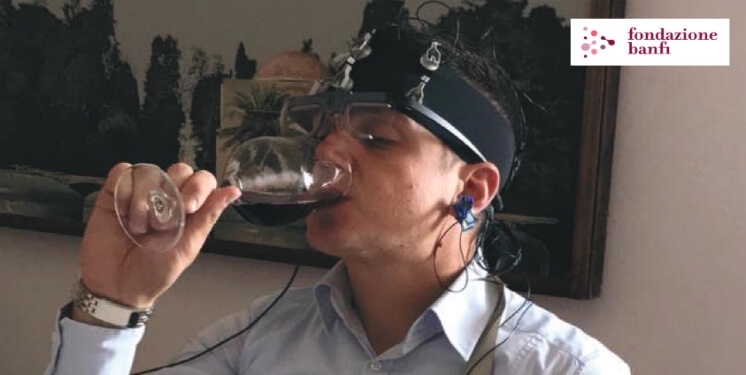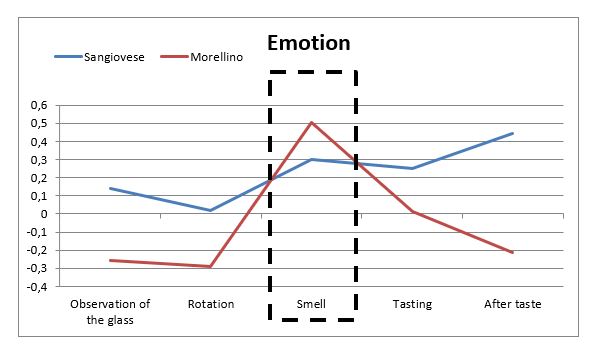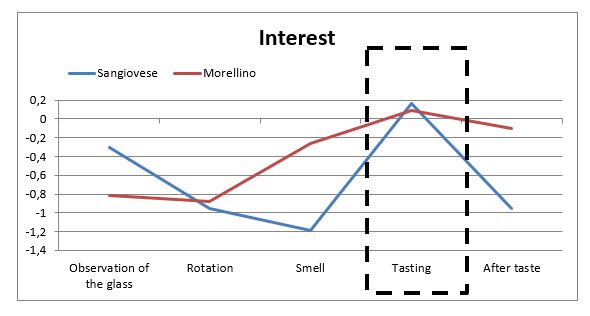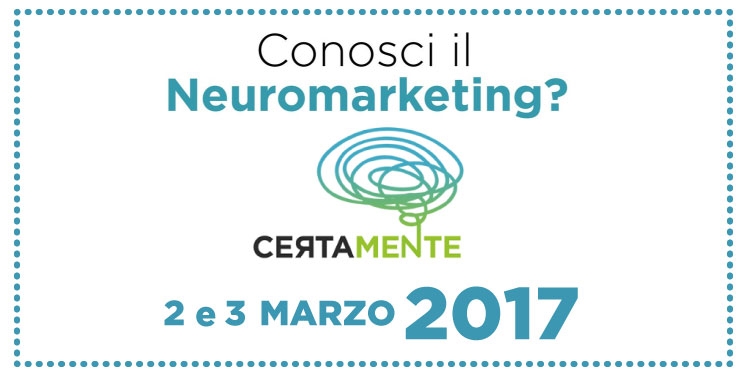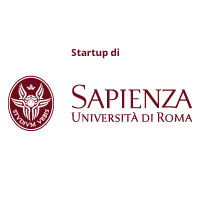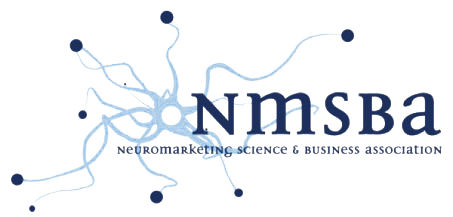NEURO-TASTE: the importance of olfaction in food & wine tasting
- Published in Blog
- Be the first to comment!
Application of neuroscientific methods to the food science helps for a better understanding of how the smells influence consumers in their eating choices, and also allows a better investigation of the brain motivational processes towards the food: these findings could be used to improve the quality of the nutrition, making it more pleasant and healthy.
Such kind of studies have given birth to the term Neuro-tasting, which encompass the concepts of Neuro-gastronomy and Neuro-enology.
At the basis of these concepts there is flavour, whose related science is concerned with the sensory appreciation of food. What is very intriguing is that, from neuroscience point of view, flavour is not in the food: it is created by the brain, through multiple systems.
Flavour, is multisensory, since involves all the sensory systems of the head and throat: sensory pathways include touch, taste, olfaction, visual cortex.
Flavour is as well multi-motor, because it involves all the relevant motor systems – like the muscle systems of the tongue, jaw, and cheeks (which are critical for manipulating food and drink in the mouth), glands producing saliva; pharynx; lungs for inhalation and exhalation.
In the figure below, it is explained how the senses combine to create the flavour of food and drink: we see the colour of the latter with eyes, while olfaction receive smell (orthonasal and retronasal and each contributes differently), then we sense the mouthfeel of the food - our taste buds react to its constituents - and each sensation creates images in the brain.
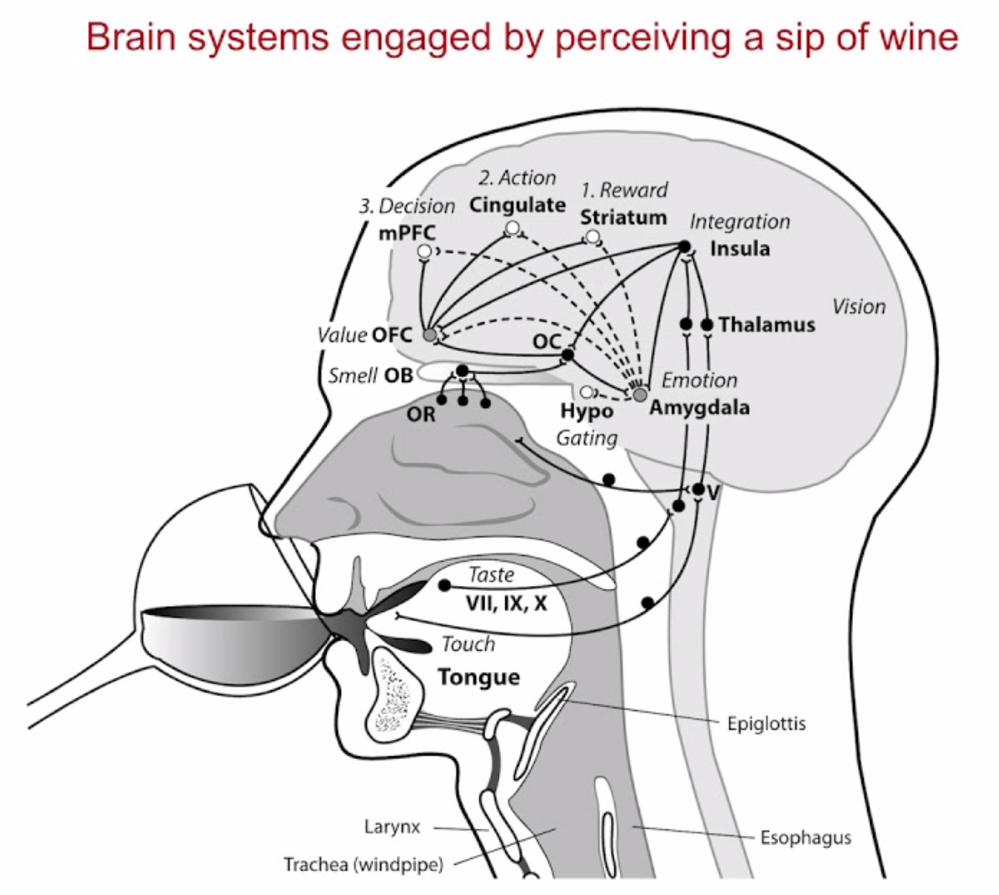
As we see from the figure, once these images have been created in our minds, they activate certain central brain systems in a raw, that are the reward mechanism, then the motor action and only later the decision of appreciation, which is pushed by the emotion thanks to a process of integration led by the insula.
Therefore, in the whole process of flavour creation in the brain, there are both cognitive and emotive mechanisms, led by the smell and taste altogether.
This has been demonstrated by a BrainSigns’ neurowine test, taking into account an EEG index, assumed as an indicator of approach or withdrawal (AW) motivation, (representing the cognitive activity in the brain) and an Emotional Index (EI), deriving from the matching of HR (Heart Rate) and GSR (Galvanic Skin Response) activities, that represents the emotional activity in the brain.
The experiment has provided the degustation of two types of Italian wines (Sangiovese and Morellino di Scansano), and the process has been divided in two phases as well: smell and tasting.
As shown in the graphs below, results of this pilot research showed a significant increase of the emotional values during the wine smelling phase, in comparison with the other two phases of tasting - with and without olfactory component - and a trend of major pleasantness (AW index) in correspondence of wine tasting phase, with the combination of taste with the olfactory component.






